Blade-shape Turbulator in Heat Exchanger CFD Simulation, ANSYS Fluent Training
Blade-shape Turbulator in Heat Exchanger CFD Simulation, ANSYS Fluent Training
- Upon ordering this product, you will be provided with a geometry file, a mesh file, and an in-depth Training Video that offers a step-by-step training on the simulation process.
- For any more inquiries regarding the product, please do not hesitate to reach out to us at info@CFDLAND.com or through our online support assistant.
€185.00 Original price was: €185.00.€125.00Current price is: €125.00.
A blade-shaped turbulator interrupts the laminar boundary layer and promotes fluid flow turbulence in heat exchangers to improve thermal performance. Increased turbulence boosts heat transfer coefficient and heat exchanger efficiency. HVAC systems, automobile radiators, and power plant heat exchangers use blade-shaped turbulators for their more uniform temperature distribution and faster heat transfer. In our latest journey, we aim to simulate a shell and tube heat exchanger relying on performance improvement by installing blade-shaped turbulators inside the tubes. As always, there is a reference paper as a guide. It is entitled “ Numerical investigation on double tube-pass shell-and-tube heat exchangers with different baffle configurations” published in Applied Thermal Engineering journal.
Simulation Process
The complex geometry consists of blade-shaped turbulators inside tubes and a shell equipped with baffle-cuts, designed using Design Modeler software. Next, a tetrahedron mesh grid containing 6500644 cells is generated. In our previous studies, we investigated the effect of using baffle-cuts to enhance heat transfer inside the shell. This time, a new concept called shape-blade turbulators is added to seek the difference it makes. The hot and cold water inside the shell and tube has 293 and 353K, respectively. The steel material applied on tubes can hasten the heat transmission.
Post-processing
We targeted the study of the effect of using blade-shaped turbulators. It is best to make a comparison between the case without the implementation of blade-shaped turbulators and the clean tubes. Look at the contour below. It displays the temperature distribution in both cases and in both regions. The inlet temperature for both cases is 293K, However, the blade-shape tubulators could remarkably increase turbulence, followed by heat transfer improvement. To put it into values, the outlet temperature shows 314.73K and 318.15K for clean tubes and the equipped case, respectively.
We pride ourselves on presenting unique products at CFDLAND. We stand out for our scientific rigor and validity. Our products are not based on guesswork or theoretical assumptions like many others. Instead, most of our products are validated using experimental or numerical data from valued scientific journals. Even if direct validation isn’t possible, we build our models and assumptions on the latest research, typically using reference articles to approximate reality.
Yes, we’ll be here . If you have trouble loading files, having technical problems, or have any questions about how to use our products, our technical support team is here to help.
You can load geometry and mesh files, as well as case and data files, using any version of ANSYS Fluent.
€165.00 Original price was: €165.00.€105.00Current price is: €105.00.

€190.00 Original price was: €190.00.€99.00Current price is: €99.00.

€130.00 Original price was: €130.00.€65.00Current price is: €65.00.

€120.00 Original price was: €120.00.€75.00Current price is: €75.00.

€160.00 Original price was: €160.00.€110.00Current price is: €110.00.

€320.00 Original price was: €320.00.€175.00Current price is: €175.00.


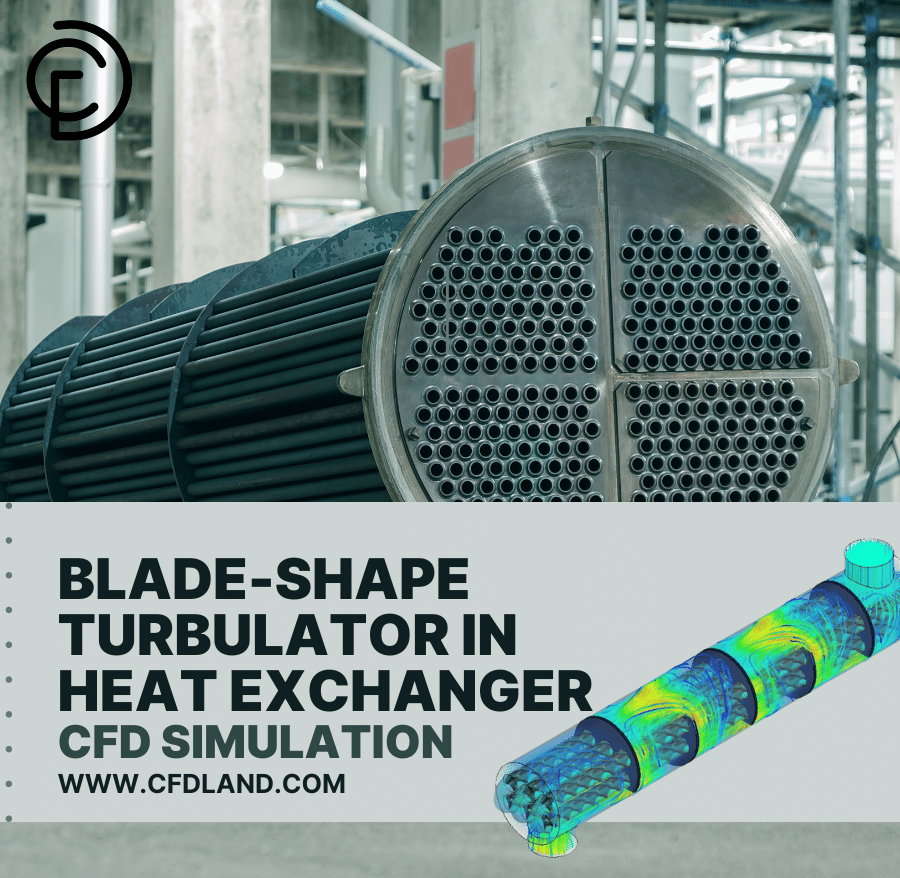













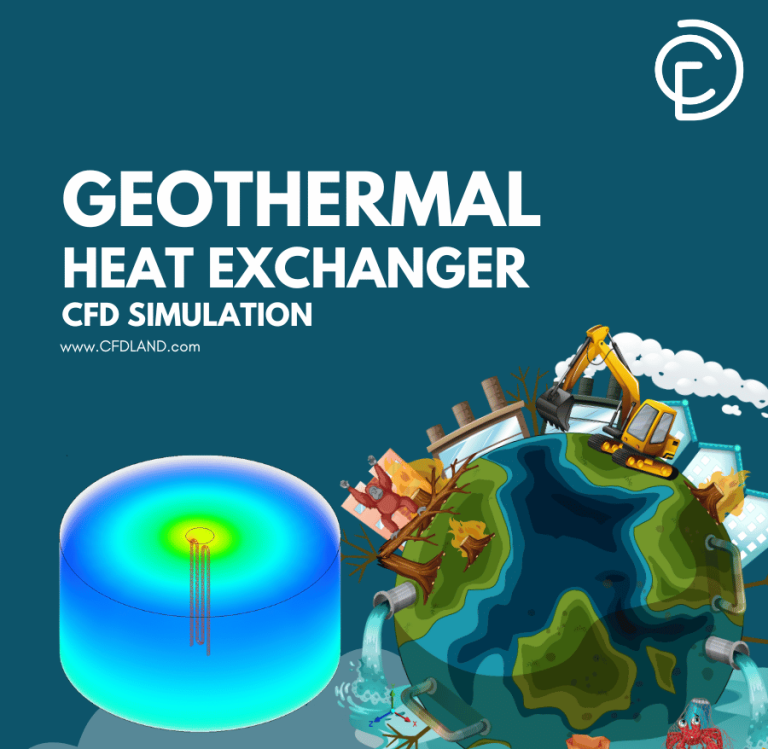
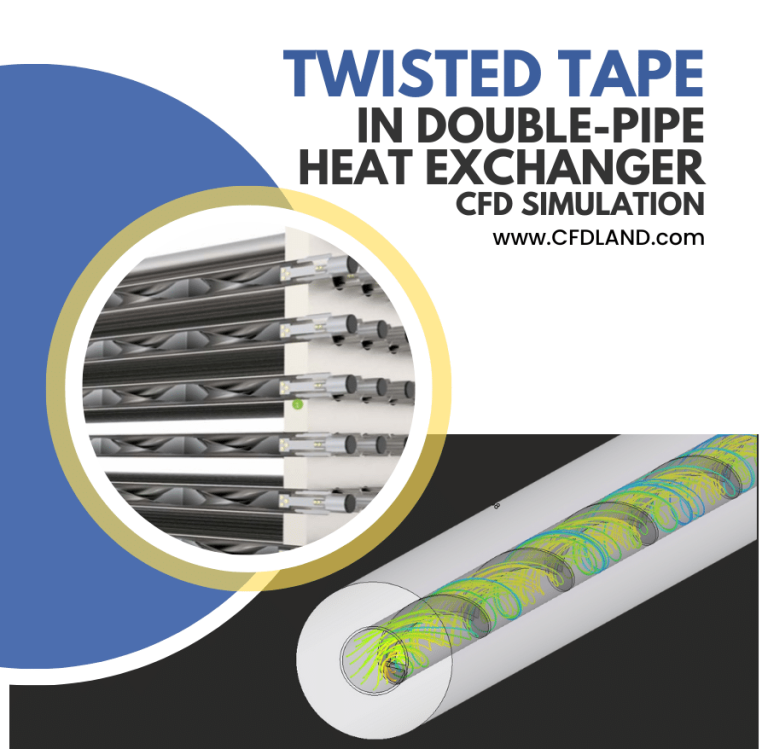

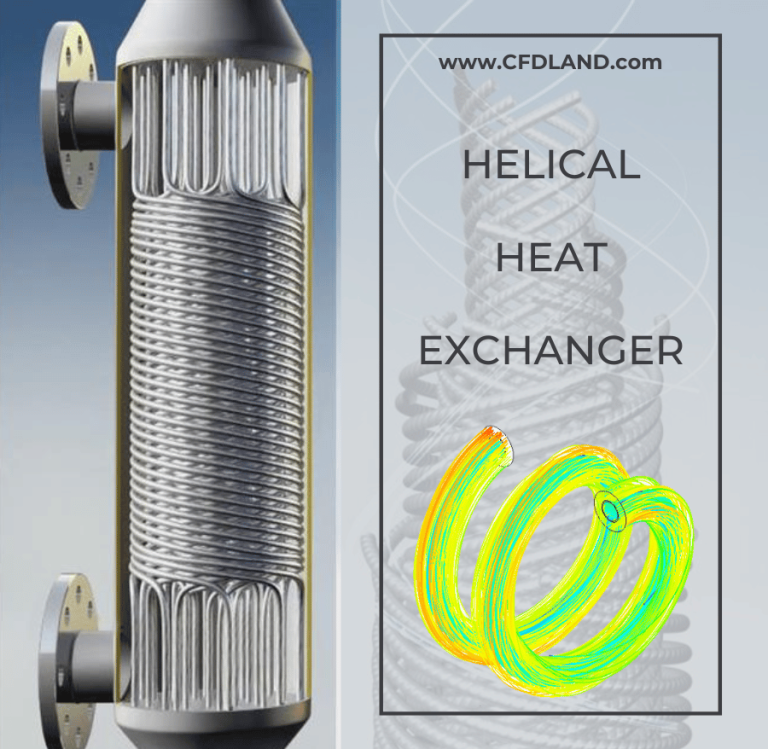
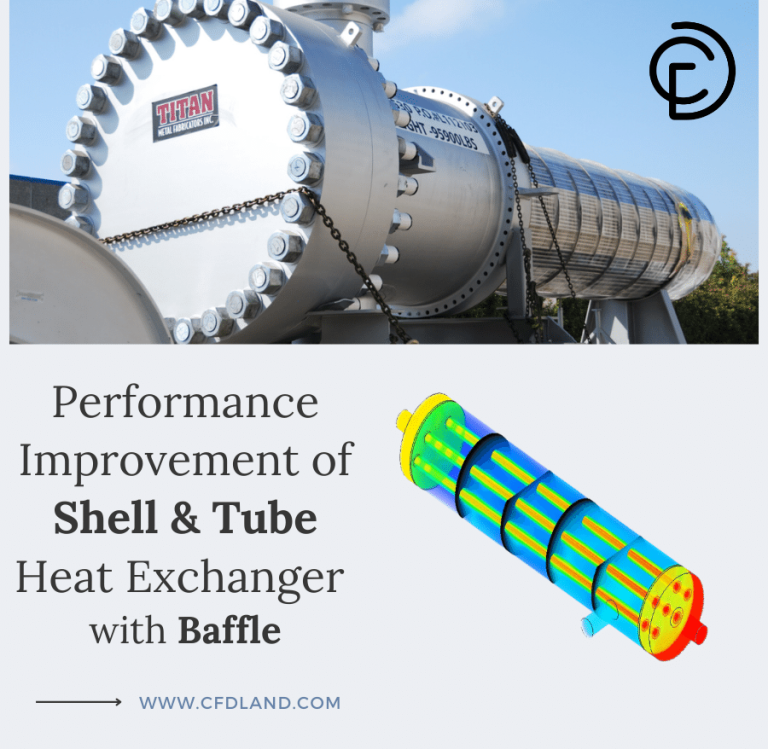
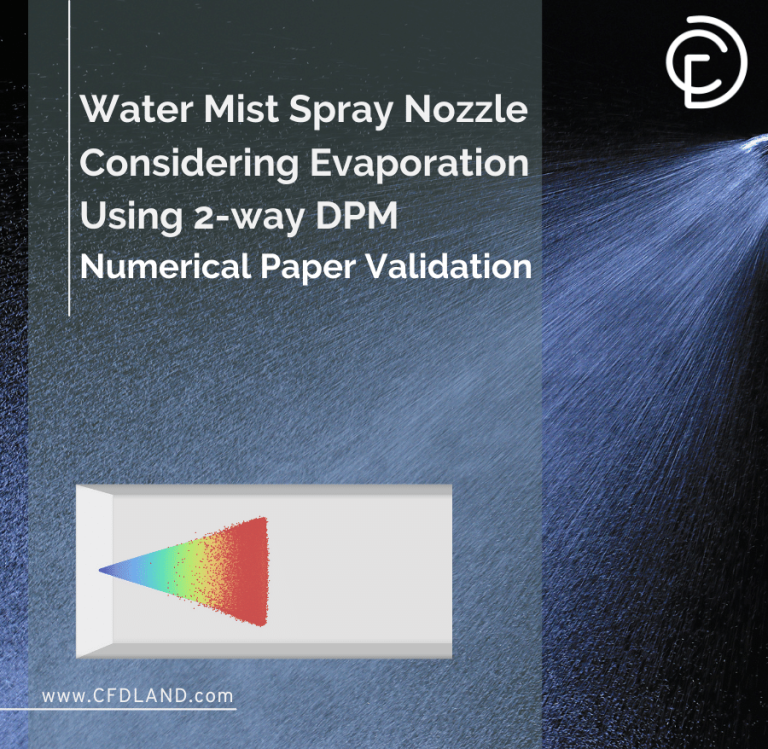
Reviews
There are no reviews yet.